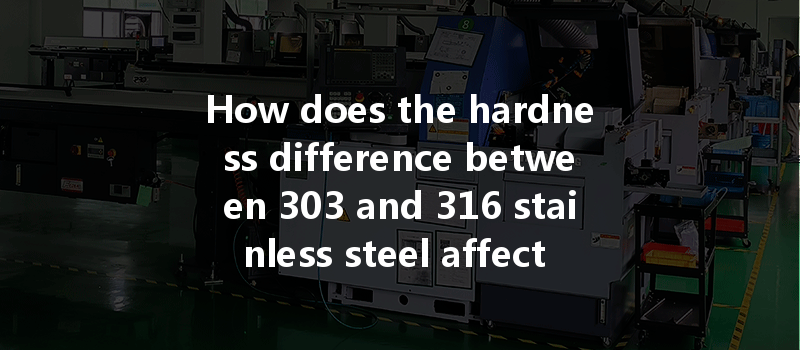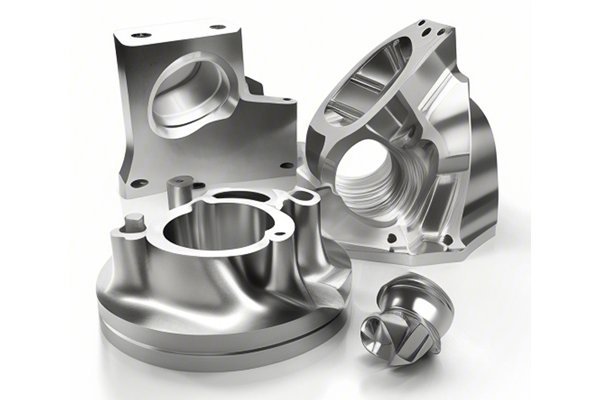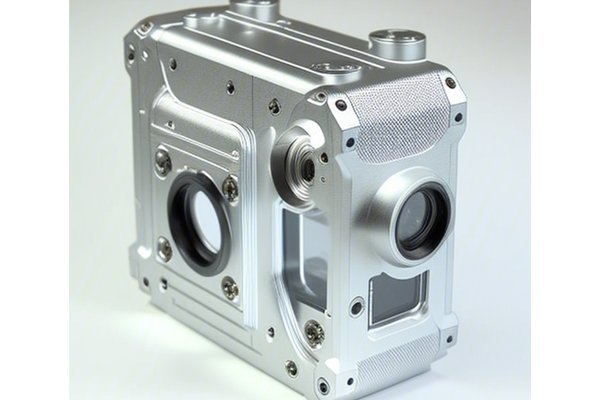Did you know that over 70% of stainless steel is used for machining applications? In the world of manufacturing, the classification of materials for processing can greatly influence the final product’s performance, durability, and strength. One critical decision that many engineers and machinists face is choosing the right stainless steel grade for CNC turning operations. Among the most commonly used grades are 303 and 316 stainless steel. While both are popular choices, they possess distinct characteristics that can dramatically affect the machining process and the quality of the finished components.
In this blog, we’ll delve deep into the differences in hardness between 303 and 316 stainless steel, their implications for CNC turning, and how understanding these factors can lead to more effective manufacturing strategies. If you’ve ever wondered why choosing the right material matters or how to select the best grade for your specific machining needs, you’ve come to the right place. Join us as we explore this vital aspect of CNC machining and discover how to optimize your manufacturing outcomes.
—
Stainless steel is an alloy primarily composed of iron, carbon, and other elements that enhance its particular properties, such as corrosion resistance, strength, and hardness. The choice of stainless steel grade can profoundly impact the machining and the performance of the finished part. Among various grades, 303 and 316 are favored for different applications.
1.1 303 Stainless Steel
303 stainless steel is an austenitic grade known for its superior machinability and excellent corrosion resistance. Its primary alloying element is sulfur, which improves its machinability, making it easier to cut and work with during CNC operations.
1.2 316 Stainless Steel
316 stainless steel is renowned for its excellent corrosion resistance, especially against chloride environments. It contains molybdenum, which provides enhanced resistance to pitting and crevice corrosion, making it ideal for marine and chemical applications. However, 316 has a lower machinability rating compared to
2. Hardness Differences: 303 vs. 316 Stainless Steel
The hardness of a material is a critical factor influencing its machinability, wear resistance, and overall performance in various applications. The Rockwell hardness scale (typically measured by HRB or HRC) is commonly used to quantify the hardness of metals.
2.1 Measuring Hardness
2.2 Implications of Hardness
The hardness difference between these two stainless steel grades significantly influences the CNC turning process:
Understanding the machining characteristics of both 303 and 316 stainless steel is vital for effective CNC turning. Operators must adapt their practices based on the material chosen.
3.1 CNC Turning with 303 Stainless Steel
CNC turning of 303 steel often leads to faster cycle times due to its softer and more machinable nature. Here are some key characteristics:
3.2 CNC Turning with 316 Stainless Steel
Machining 316 stainless steel requires different strategies:
With a clear understanding of both types of stainless steel, how do you decide which one to use? Here are steps to guide you through the decision-making process.
4.1 Assessing the Application Requirements
Evaluate the strength, corrosion resistance, and machinability needed for your application. For instance:

4.2 Understanding Cost Implications
When considering cost, 303 is typically less expensive due to its higher machinability and lower alloy content. However, it’s essential to weigh the initial cost against potential benefits of performance and product longevity provided by 316 in harsher environments.
4.3 Consulting with Experts
Engage with material specialists or CNC experts to discuss specific needs tailored to your production goals. They can provide insights into specific conditions that might favor one stainless steel grade over the other.
Optimizing the CNC turning process involves a mix of proper planning, tool selection, and operational adjustments.
5.1 Using the Right Cutting Tools
For 303 and 316 stainless steels, it’s imperative to pick tools that are suited for the specific material:
5.2 Adjusting Cutting Parameters
Cutting speed, depth of cut, and feed rate should be evaluated and adjusted:
5.3 Implementing Effective Cooling Techniques
Effective cooling can maintain tool performance and improve surface finish:
CNC turning operations can encounter various challenges when working with stainless steels, particularly in terms of hardness. Here, we’ll address common issues and propose solutions.
6.1 Tool Wear and Failure
Tool wear is one of the most significant issues faced during CNC operations:
6.2 Surface Roughness Issues
Inconsistencies in surface finishes can detract from product quality:
6.3 Chip Formation and Management
Improper chip management can lead to clogging and metric issues:
In conclusion, the differences in hardness between 303 and 316 stainless steel can have substantial repercussions on your CNC turning operations. Understanding these differences is not only crucial for optimizing tool performance and production efficiency but also directly impacts material costs and the overall quality of the final products.
As the manufacturing landscape continues to evolve, investing time in understanding material properties and their implications can set businesses apart in a competitive marketplace. Always consider your specific application requirements, machining characteristics, and optimization techniques when selecting materials for CNC machining.
Ultimately, mastering the intricacies of stainless steel machining could enhance your product quality, extend the life of cutting tools, and improve manufacturing efficiency. It’s time to forge ahead with knowledge and foresight—this commitment to excellence in material selection and processing will pave the way for future innovation in the CNC machining industry.
Reflecting on these insights equips you with the tools needed for decision-making that can benefit your operations in the long term. Keeping this information at the forefront of your strategy is essential for fostering growth and success in the ever-evolving landscape of manufacturing.






